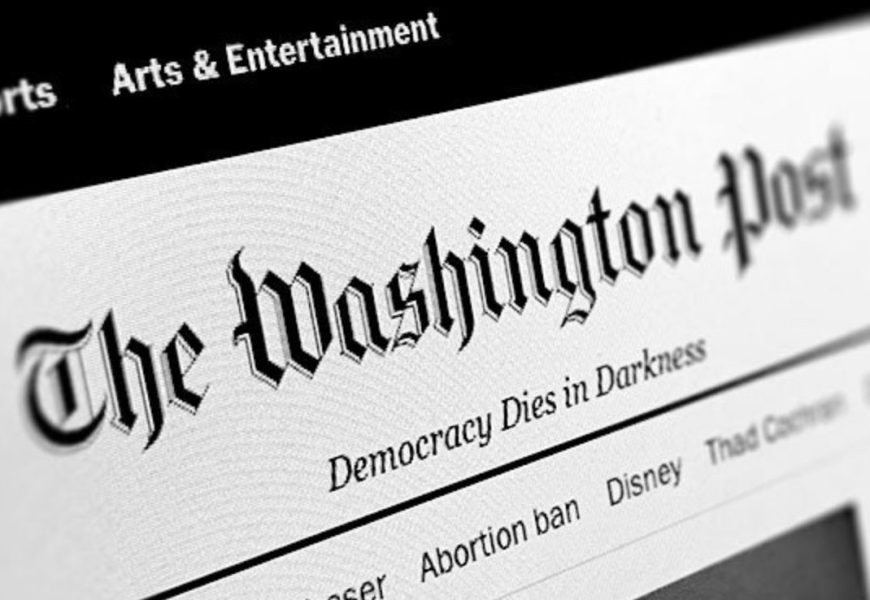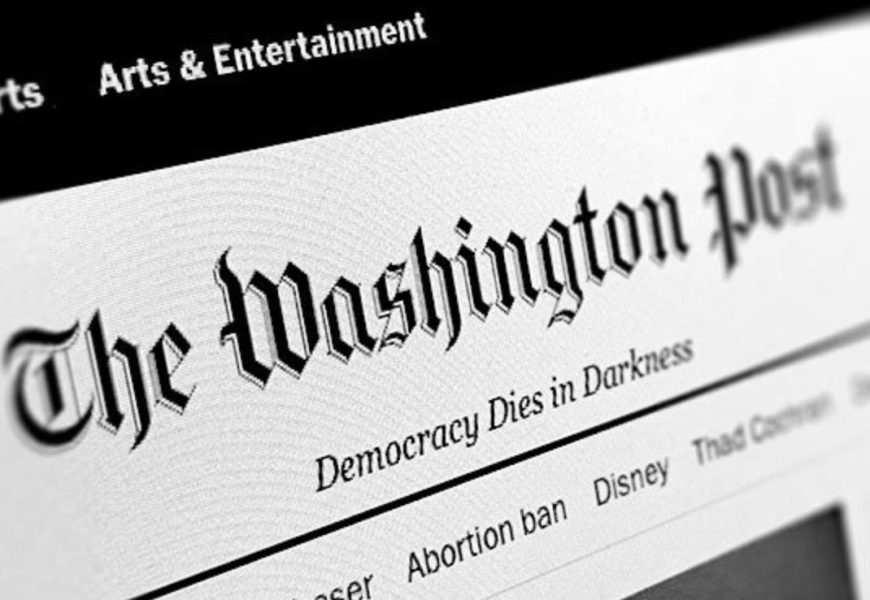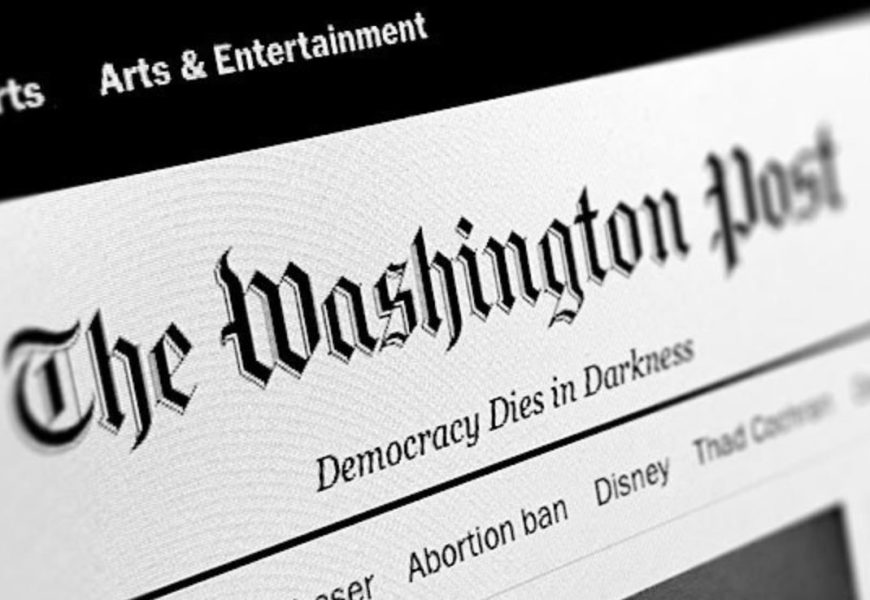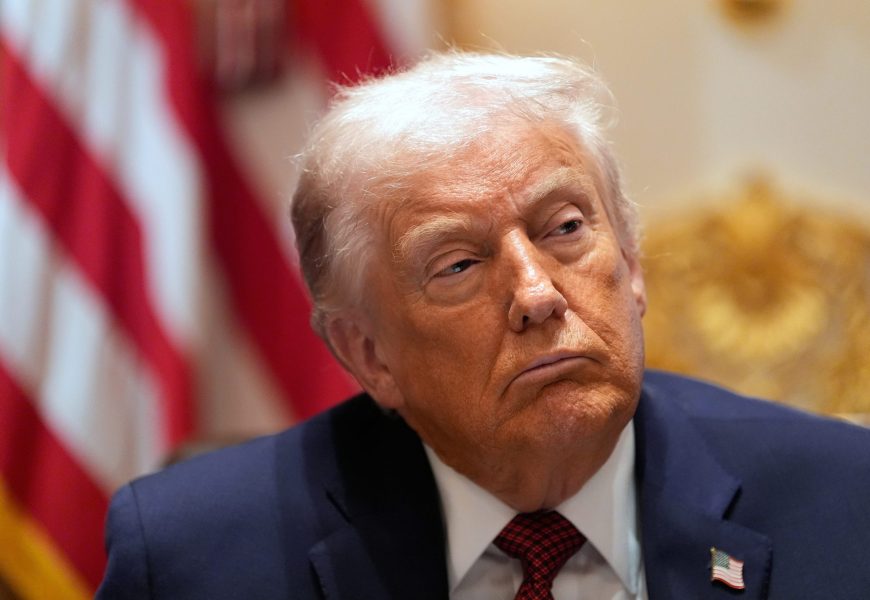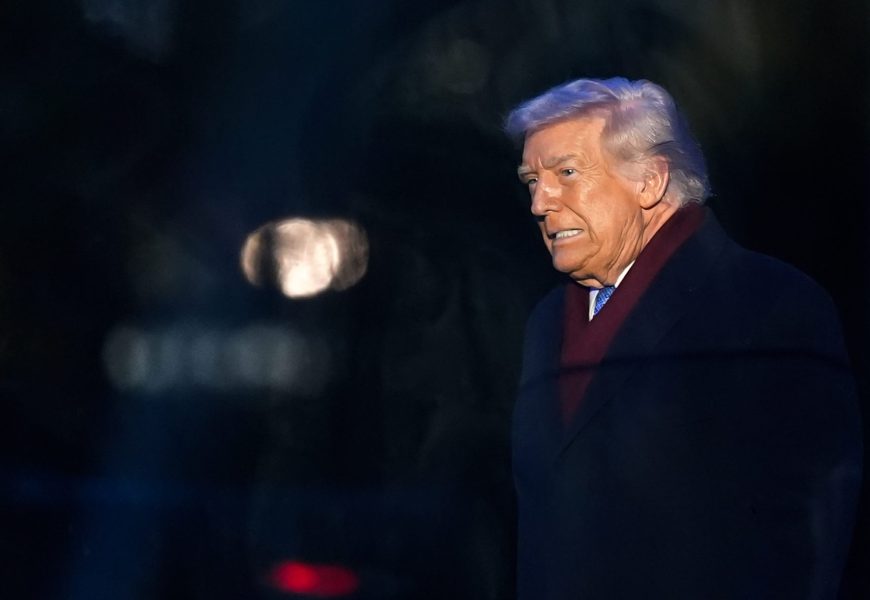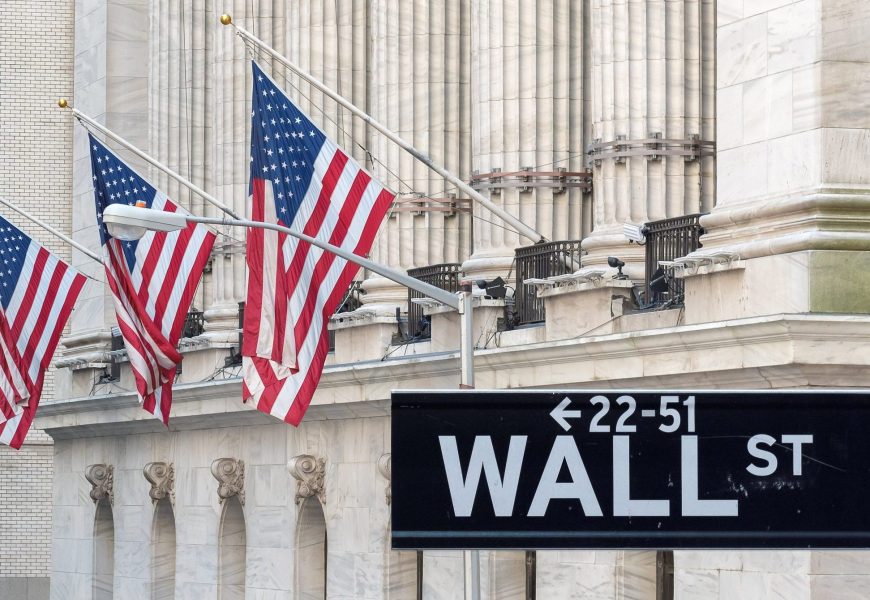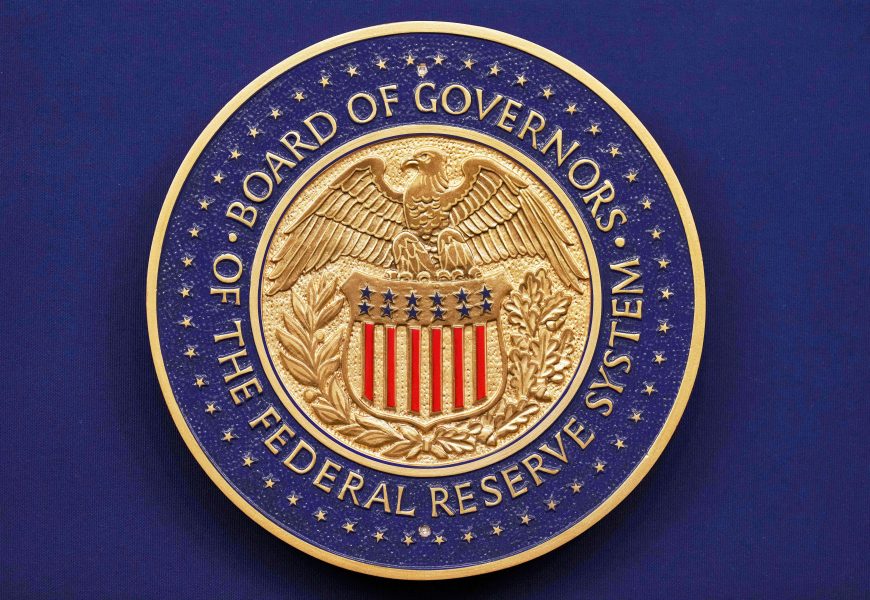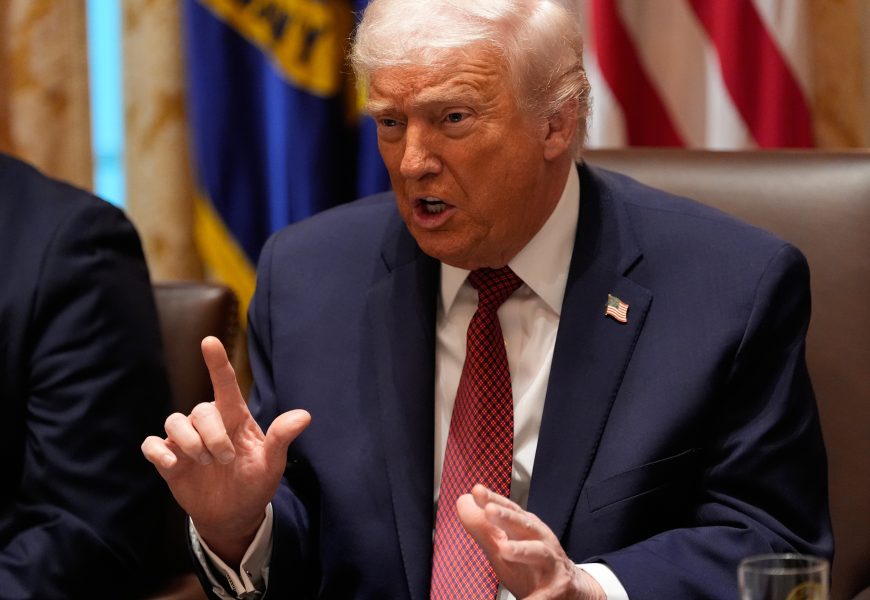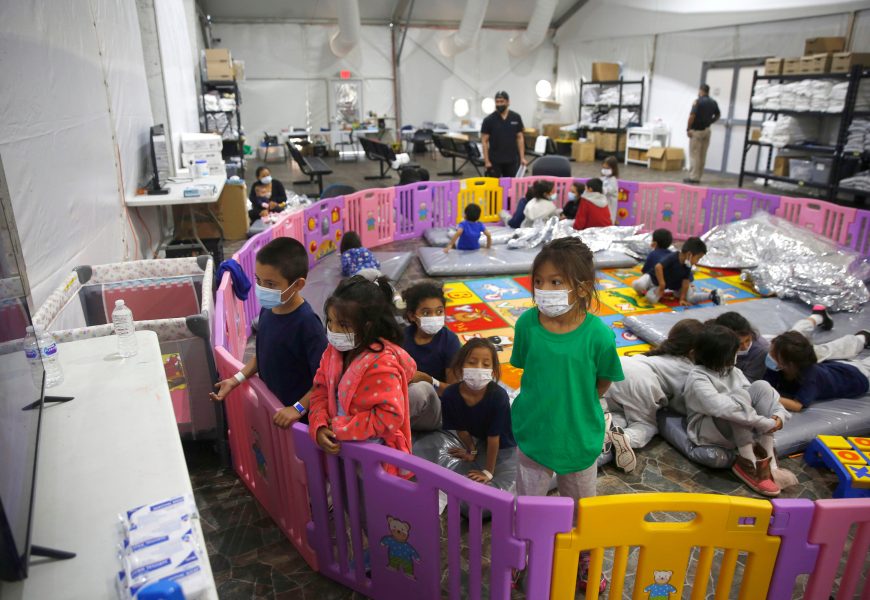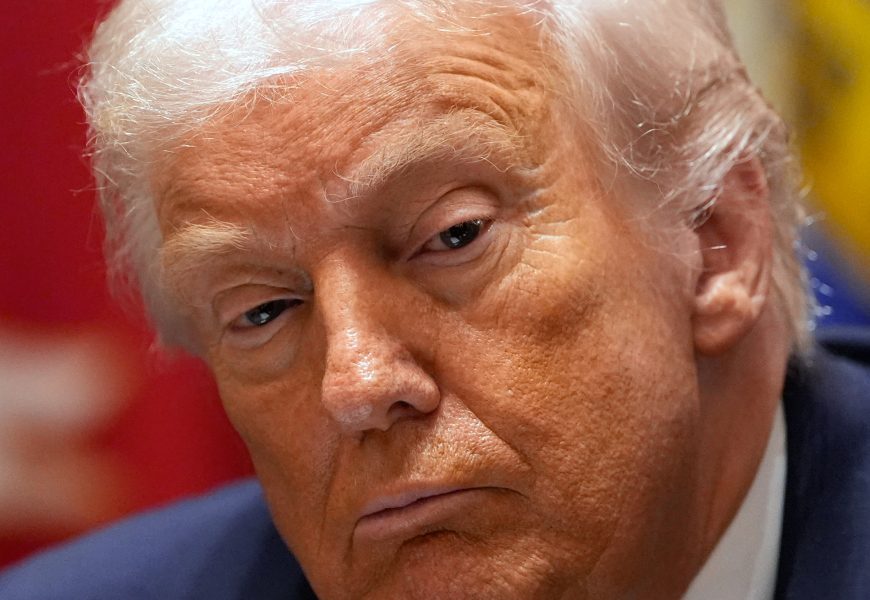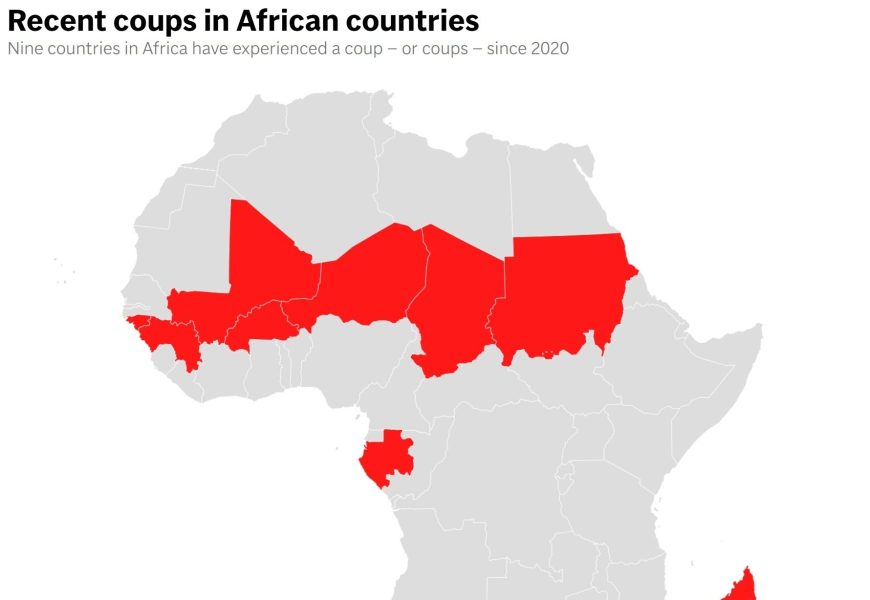Sure, Trump calmed some nerves by extending a July 9 deadline for countries to seek trade deals with the United States or face steep tariffs on their goods. (They now have until Aug. 1 to come to the table.) But Trump’s announcement did not relieve the blanket 10 percent tariff he had already imposed or specific U.S. levies on goods such as steel. On Thursday, the president suggested to NBC’s Kristen Welker that he will raise this universal tariff rate to 15 or 20 percent, even as he dismissed comments from the CEO of toymaker Hasbro that tariffs’ delayed effects could raise industry prices later this year.
Just the existing baseline tariffs represent a huge shift in American trade policy, and data released this month suggest that they’re starting to take a toll on the economy. Costs for imported “inputs” – goods that American businesses use to make finished products – are a leading indicator of consumer price hikes to come, and they are soaring. These are the raw materials, parts and components that companies assemble into cars, homes and refrigerators.
On average, prices for imported steel and aluminum increased almost 30 percent between January and May. Roughly half of all aluminum and a quarter of all steel in the United States is imported. Prices for other inputs, including textiles, leather, and rubber and plastics, have also increased substantially.
So, rather than protecting American businesses, Trump appears to be hurting them – particularly those in the auto industry and other sectors that rely heavily on inputs from abroad. Trump this week also announced a 50 percent tariff on copper, which will worsen the problem.
In response to higher input costs, some businesses might choose to raise prices for consumer goods. Others, unable to attract buyers at higher price points, might need to shrink their margins and sacrifice profits. Companies that have neither option might have to scale back or go out of business.



